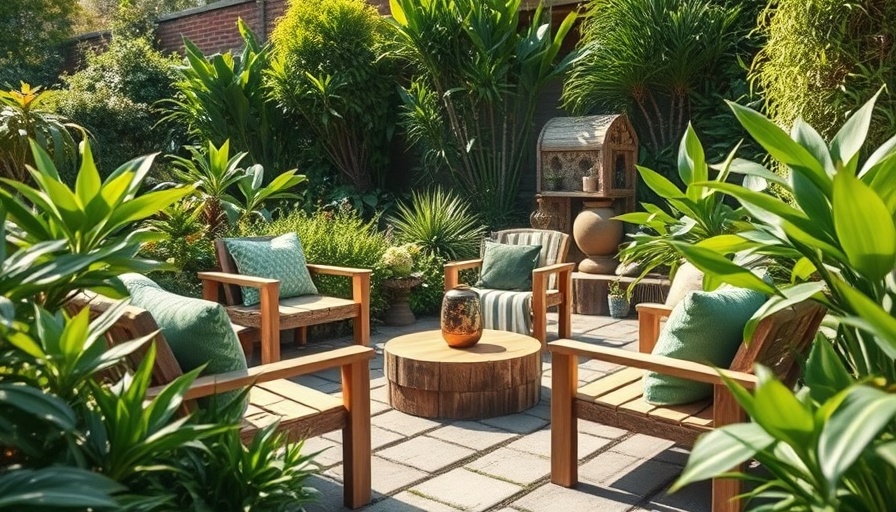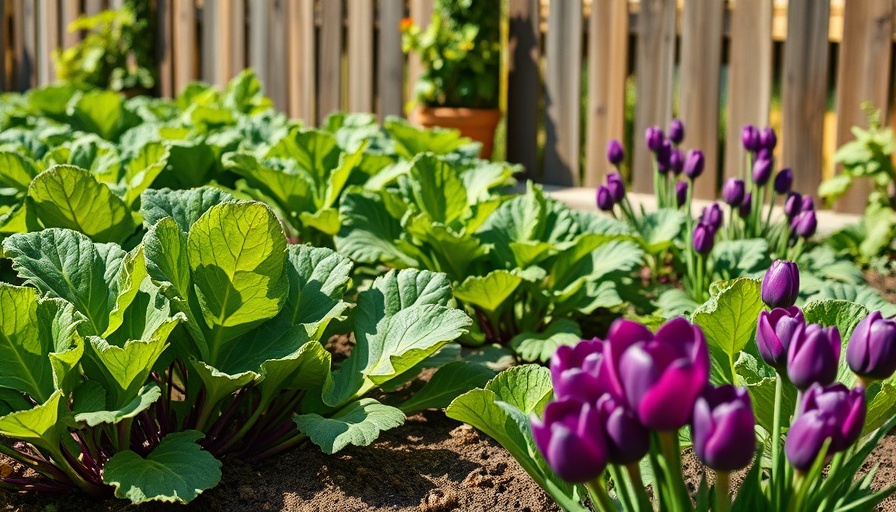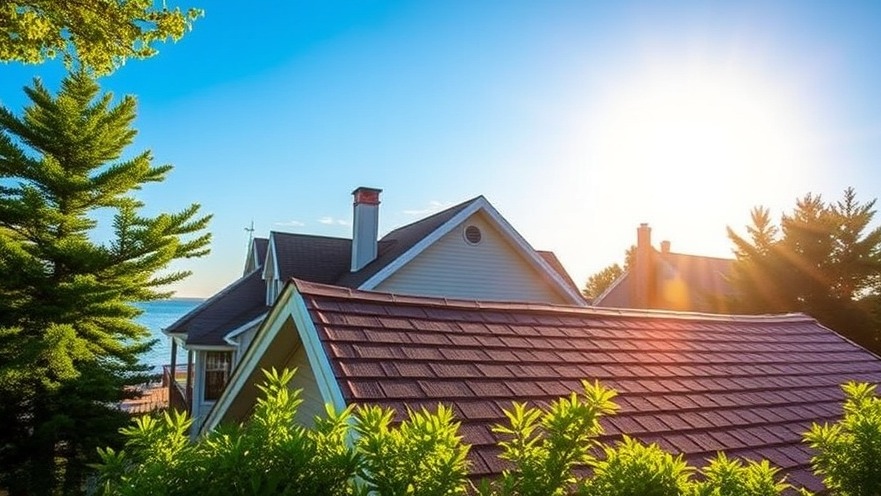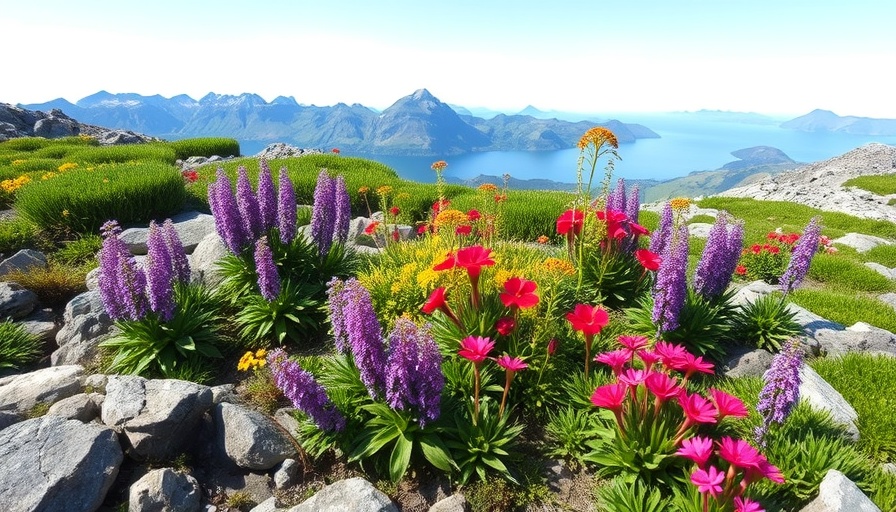
In the breathtaking archipelago of the 1000 Islands, where the pristine waters of the St. Lawrence River flow between Ontario and New York, one talented designer, Marina, has elevated the art of waterfront living to extraordinary heights. Marina's ability to blend creativity with the unique challenges of island geography showcases how thoughtful design can transform a shoreline property into a personal sanctuary that celebrates both the natural beauty and cross-border heritage of this remarkable region. This article explores Marina's artistic vision, detailing how she curates spaces that not only reflect her clients' personalities but also embrace the sustainable practices essential for protecting this fragile aquatic ecosystem.
The Journey of Waterfront Artistry
Marina's journey into the world of landscape design began with a deep appreciation for the unique microclimate and geological features of the 1000 Islands region. Inspired by the granite outcroppings, sheltered bays, and the moderating influence of Lake Ontario, she recognizes that a well-designed waterfront space can enhance mental well-being while fostering connections to both the natural environment and the rich maritime heritage of the area. By incorporating native grasses, pollinator-friendly plants, and materials that complement the region's distinctive granite and limestone formations, Marina creates landscapes that thrive in the 1000 Islands' temperate climate while minimizing environmental impact on the sensitive St. Lawrence River ecosystem.
The Benefits of Waterfront-Conscious Landscaping
One of the core principles in Marina's designs is environmental stewardship tailored to the unique challenges of island and shoreline properties. By choosing native plants adapted to the region's moderated climate—where Lake Ontario acts as a natural heat sink—her projects not only look stunning but also require minimal irrigation and maintenance. This approach aligns with contemporary trends where waterfront property owners seek to minimize their environmental footprint while creating spaces that can withstand the region's variable weather patterns, from the warming effects of the river in autumn to the cooling lake breezes of summer.
Empowering Cross-Border Communities Through Design
Beyond individual projects, Marina is dedicated to promoting community engagement through outdoor spaces that celebrate the unique cross-border character of the 1000 Islands. She often collaborates with local artists from both Ontario and New York, as well as organizations like the 1000 Islands Environmental Center, to create installations that reflect the shared values and maritime aesthetics of this binational region. This practice not only beautifies waterfront communities but also strengthens ties between neighbors on both sides of the international border by providing central gathering spots that honor the area's rich history of cooperation and cultural exchange.
Real-Life Impact: Shoreline Success Stories
Take, for instance, the project at a community waterfront park in Gananoque where Marina transformed an underutilized shoreline area into a vibrant native plant garden featuring interpretive installations about the region's unique ecosystem and maritime heritage. The design incorporated viewing areas for watching the famous 1000 Islands boat tours and created habitat for local wildlife while managing stormwater runoff to protect water quality. Feedback from both Canadian and American visitors has been overwhelmingly positive, with residents noting increased use of the waterfront space and enhanced appreciation for the area's natural beauty. Such success stories emphasize the importance of thoughtful landscape design not just for aesthetics but for fostering environmental awareness and cross-border community spirit.
Diverse Perspectives on Island Gardening Trends
While many might think of island gardening as an isolated endeavor, the 1000 Islands Master Gardeners have demonstrated that waterfront landscaping thrives as a collaborative activity. Gardening clubs and workshops focusing on native plants, pollinator gardens, and sustainable shoreline management have flourished throughout the region as a way for enthusiasts to share knowledge about the unique challenges of gardening in this aquatic environment. Marina champions these initiatives by hosting classes on topics like "ditchscaping for watershed health" and encouraging residents to participate in designing their waterfront spaces using native grasses and plants that support the region's diverse bird and butterfly populations.
Tips for Creating Your Own Island Sanctuary
If you're eager to create your own inviting waterfront retreat in the 1000 Islands region, consider these practical insights from Marina:
Understand Your Microclimate
Assess how the proximity to water affects your property's conditions, including the moderating effects of Lake Ontario, prevailing winds from the river, and seasonal variations in temperature and humidity that make this region unique.
Choose Regional Natives
Select plants native to the St. Lawrence River valley and Great Lakes region, such as native grasses, wild bergamot, and cardinal flower, which are more likely to thrive while supporting local pollinators and requiring less maintenance.
Incorporate Water-Conscious Features
Use permeable materials, rain gardens, and shoreline buffers to protect water quality while adding visual interest and functionality to your space.
Celebrate Maritime Heritage
Include elements that reflect the region's rich boating and maritime culture, such as weathered wood features, nautical-inspired art, or viewing areas oriented toward the water.Plan for Seasonal Beauty: Design spaces that offer year-round interest, from spring wildflowers to autumn foliage, taking advantage of the region's four distinct seasons moderated by the surrounding waters.
Connecting Island Communities to Nature
At the heart of Marina's designs is the belief that connecting with the unique natural environment of the 1000 Islands can profoundly impact mental health and overall well-being. The therapeutic effects of waterfront living, combined with time spent among native plants and wildlife, have been shown to reduce stress and promote happiness. Marina is a firm advocate for creating these restorative spaces for everyone, regardless of which side of the border they call home. By prioritizing accessibility and incorporating universal design principles, she ensures that all individuals can benefit from the beauty and tranquility of this remarkable archipelago.
Conclusion: The Future of Waterfront Stewardship
As interest in sustainable waterfront living continues to grow throughout the 1000 Islands region, Marina stands as a reminder of the power of landscape design to improve lives while protecting precious aquatic ecosystems. Her dedication to using native plants, managing stormwater, and celebrating the area's cross-border heritage creates not just beautiful spaces but thriving habitats that benefit both people and the diverse wildlife that call the St. Lawrence River home. To truly embrace the unique character of island living, why not start your waterfront gardening journey today by exploring the native plants and sustainable practices that make the 1000 Islands such a special place to call home?
For media inquiries in the 1000 Islands region, please contact:
1000 Islands Thrive - sarah@1000islandsthrive.com
 Add Row
Add Row  Add
Add 




Write A Comment